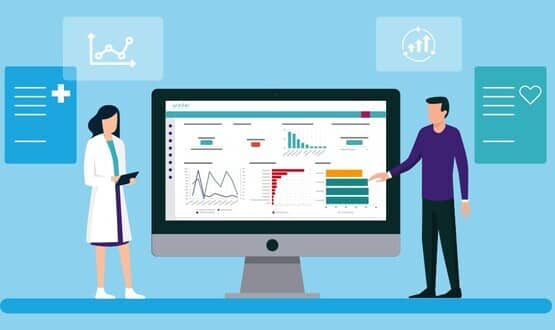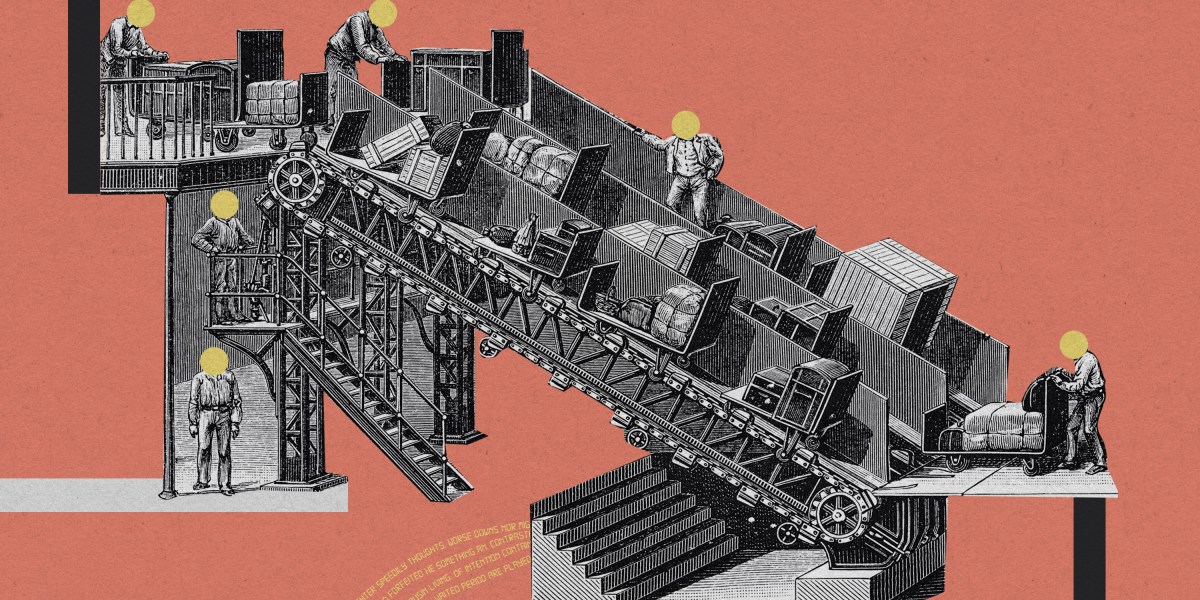Functional balance is a critical health metric. One-quarter of seniors – about 36 million – will fall each year in the U.S. and more than 36,000 of them will die as a result. That translates into one fall every second of every day. The problem is growing, as fall-related deaths among seniors in the U.S. have more than doubled over the past 20 years, according to a research letter in JAMA Open.
It is also an expensive problem. According to a study in the Journal of the American Geriatric Society, non-fatal falls cost an estimated $50 billion in medical expenses, while fatal falls account for an estimated $754 million.
As is often the case in today’s healthcare environment, advanced technologies powered by artificial intelligence (AI) and machine learning (ML) are emerging as a potential solution, helping to both prevent falls and accelerate recovery when falls lead to injury – particularly when they can be used in the comfort of the patient’s home.
Concerning Times for Seniors
The Centers for Disease Control and Prevention (CDC) considers falls to be a public health concern, and with good reason. One out of every four seniors fall each year and one out of every five falls causes an injury. Further, of those seniors reporting a fall, more than 45 percent fell two or more times.
According to the Journal of the American Geriatric Society study, a significant percentage of healthcare expenditures among seniors in the U.S. can be attributed to falls, including approximately six percent of Medicare and eight percent of Medicaid expenditures. Falls among older adults also accounted for nearly 12 percent ($29 billion) of spending on home health services, long-term care facilities, and durable medical equipment.
The aging population suffers from multiple comorbidities and in many cases, they are simply not seen often enough by the proper clinician. Due to this fact, the frequency and severity of fall injuries have made prevention a priority. The more often a clinician assesses their patient, the earlier they can detect a problem, treat it, and improve the outcome. Reducing falls among older adults through strength and balance exercises and medication management could lead to a substantial reduction in healthcare spending. Further, multifactorial interventions, including screening and assessment of fall risk, which are often managed in clinical settings, have been shown to reduce falls by as much as 24 percent.
At-Home Prevention
Seniors who are at risk of falling and who have already been injured during a fall would benefit from new AI/ML-powered motion sensor technology designed for in-home. The latest medical-grade solutions monitor balance and movement and send critical information from the patient’s home back to the healthcare provider improving care management and outcomes.
Structured balance and gait tests are administered by the patient or caregiver to monitor for changes or trends. As a therapeutic tool, patients perform appropriate rehabilitative movements while AI/ML-enabled affixed motion sensors instantly and accurately “feedback” the movements using graphics and numerical display of information. This interactive biofeedback function brings an element of gamification to recovery and prevention, helping patients more accurately perceive changes in their neuromuscular activity for improved adherence and performance.
The patient’s data is sent back to the clinician in real-time, allowing them to monitor and actively ascertain progress against baseline metrics, without requiring an in-office follow-up evaluation – reserving limited staff resources for more critical patient care functions. It also delivers a range of motion, fatigability, and symmetry metrics for longitudinal monitoring.
Importantly, AI/ML-enabled sensor technology is also able to quantify previously unmeasurable parameters like pain, as well as objectify physical, surgical, pharmacological, and cognitive therapies. As a real-time biofeedback therapeutic tool, sensors also defocus patients’ attention on the pain and discomfort and redirect their focus on their functional performance. All of which contribute to lower care costs and improved patient outcomes.
Demonstrated Impact
At the Virginia Commonwealth University (VCU) Department of Neurosurgery, John Ward, MD, MSHA, is using such AI-enabled functional motion analysis to monitor patients’ gait and balance throughout the course of treatment for normal pressure hydrocephalus (NPH), a condition thought to occur in as much as one percent of the medical population. Caused by abnormal buildup of cerebrospinal fluid, NPH may affect normal movement and can lead to incontinence and memory issues. It is commonly treated by the placement of a ventricular shunt.
Dr. Ward first assesses a patient’s functional gait and balance pre-spinal tap to provide a baseline. This is followed by ongoing assessments to help guide any appropriate shunt adjustments and necessary treatment changes. Because results are reproducible, which is critical for longitudinal monitoring, they are both clinically reliable and contribute to broadening the understanding and treatment of NPH patients worldwide.
Transitioning this patient base to remote monitoring is essential. These patients are typically elderly, immobile, have difficulty getting to the healthcare facility, are at a greater risk for falling, and may have limited at-home oversight. Due to the nature of the disease, frequent shunt adjustment based on frequent monitoring of functional mobility is a big step forward in the treatment of NPH.
The outcomes realized by Dr. Ward’s NPH patients show why demand is increasing for clinically actionable and objective functional motion data to inform, demonstrate, and evaluate the short- and long-term efficacy of numerous diagnoses and treatments – demand that is now being met by coupling advanced AI/ML with mobile technologies to enable effective, real-time capture of motion data in clinical and real-world settings. HIPPA-compliant cloud-based analytics software then delivers that information back to providers as precise, accurate, and reproducible assessments, therapeutic decision support, and actionable data, stratifying risk, improving outcomes, and increasing the overall efficiency of the healthcare delivery system.
“If the patient’s risk can be objectively assessed, then appropriate interventions can be performed to prevent falls and subsequent injury,” says Dr. Ward.
An AI/ML-Powered Solution
At a time when fall prevention is emerging as a leading public health concern, AI/ML-enabled technologies offer a promising solution. For seniors who need to improve their balance or recover from fall-related injuries, AI/ML-driven motion sensor technology speeds recovery and improves outcomes. It allows patients to actively and compliantly engage in highly effective in-home rehabilitation that is remotely managed by clinicians and other healthcare providers, improving balance, and reducing risks without sacrificing quality of care.
About Dr. Frank Fornari
Dr. Fornari, co-founder of BioMech, brings more than 35 years of research, scientific and executive experience to this biotechnology group. Previously Dr. Fornari co-founded and was the CEO and medical director of Dominion Diagnostics, one of the country’s leading pharmaceutical monitoring laboratories and served there from 1997 to 2011.
Prior to Dominion, Dr. Fornari was a research scientist and consultant to the pharmaceutical industry. He has extensive experience in basic scientific research, clinical medicine, toxicology, chemistry, teaching and drug development and has managed several academic, industrial and clinical laboratories and research facilities. Dr. Fornari has authored numerous scientific publications, has regularly presented at national scientific meetings, has been a member of many scientific societies, holds several patents and is a frequent speaker and industry expert in molecular genetics and pharmacology.








/cdn.vox-cdn.com/uploads/chorus_asset/file/25458582/sharex_261.jpg)


